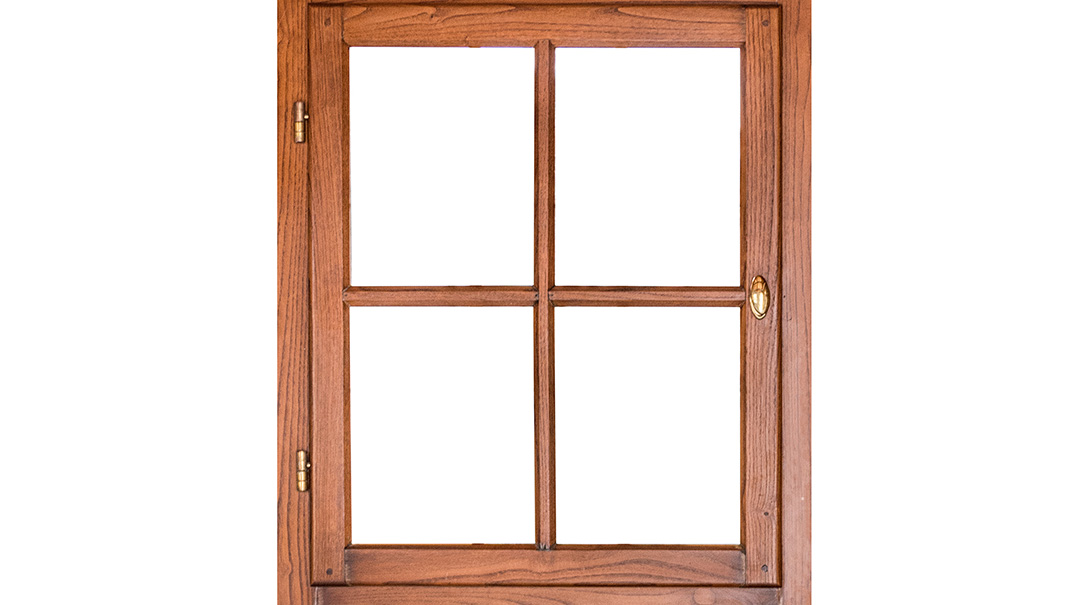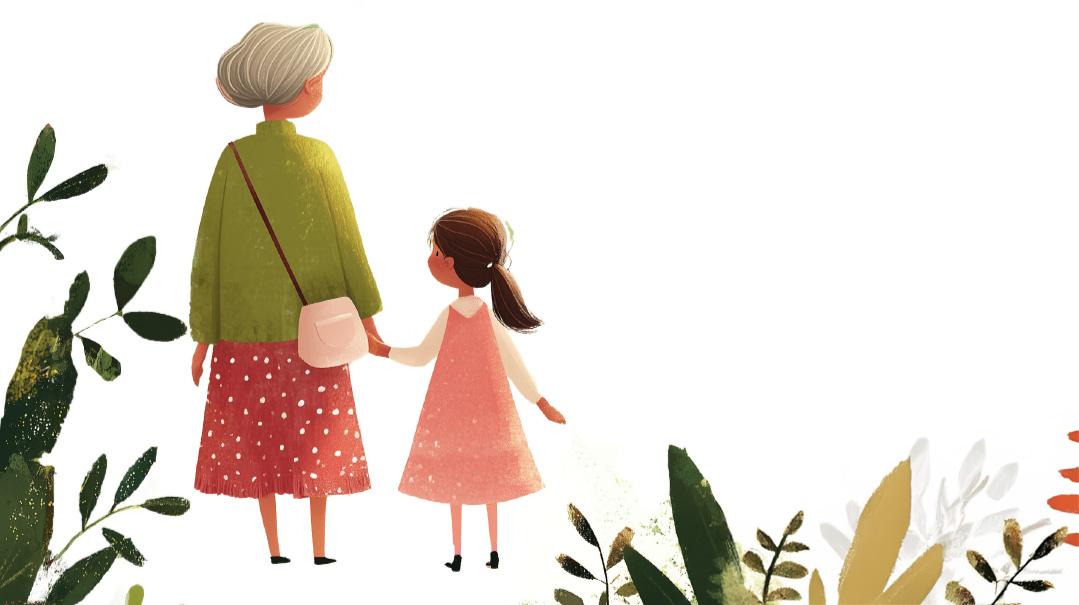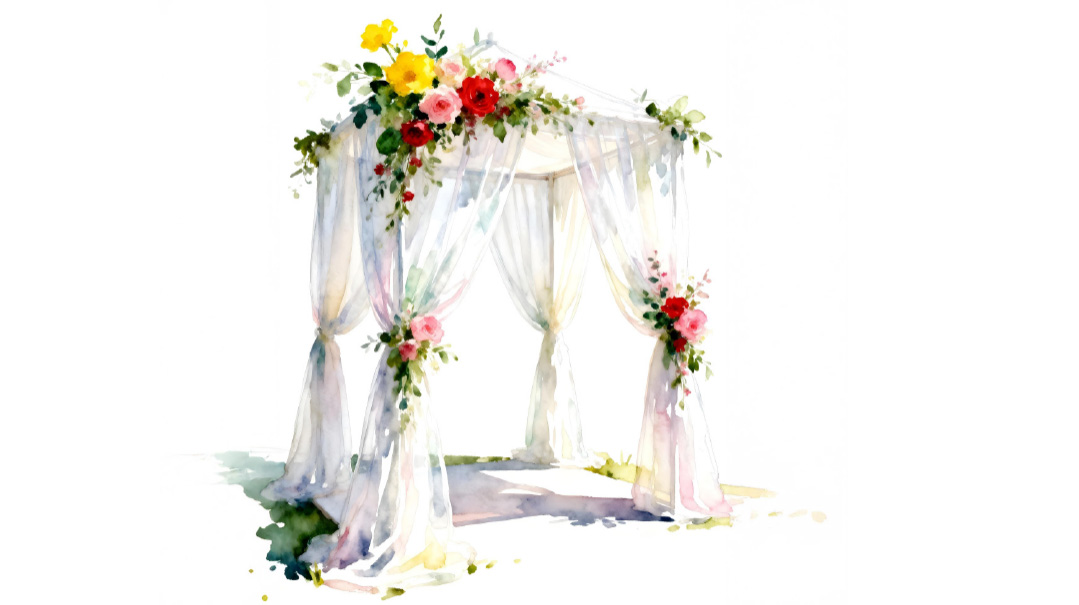Stories Walking Past

I see her for years — maybe six or seven. She goes from around 12 to adulthood

I’m looking through some quotes for a writing class, and this one gives me pause:
“Everybody walks past a thousand story ideas every day. The good writers are the ones who see five or six of them. Most people don’t see any.” —Orson Scott Card
I laugh.
Walk past stories? They’re walking past me, a hundred a day.
In the big picture window that comprises a wall of my living room, I watch a community pass. My porch is at the confluence of a shul, school, park, and major thoroughfare. People march, slouch, bounce by. A man walks a dog. A dog walks a man. Children run after geese. Grown women avoid the birds. A kid falls unnoticed. A girl walks on the outskirts of a gaggle.
Weekdays I don’t have all that time to sit and stare. But I see enough, especially on Shabbos.
Right there through my living room window, I watch a girl grow up.
I see her for years — maybe six or seven. She goes from around 12 to adulthood.
I don’t know her name, or who she is.
It took a while until I noticed her — them really, father and daughter — but you can pick consistency out of a crowd. The two of them step in sync, head left past my window each Shabbos at noon, and then two hours later, they head right.
One Shabbos, I make out the father in a group of men leaving shul. I start to notice him. First, he walks alone — or a step behind the others — clearly on his way home from the shul. When he passes again with his daughter, he walks straighter. They take obvious joy in each other’s company.
They become my characters.
Where does she live? Where does he?
Presumably they don’t live together, but are only eating the meal together, he picking her up and bringing her back.
I speculate, imagine, write their stories.
Seasons pass. Leaves and rain, gray skies and blue, white-pink pollen like a carpet of snow. They walk through it all. I watch her grow taller, imperceptibly, week by week, winter by winter, until she’s almost meeting her father’s height.
She starts to wear heels, a waisted woman’s Shabbos coat. He starts to gray.
Once a friend is over, and we’re sitting on my porch, and there they are. I point them out.
“I know them vaguely,” she says, “He’s divorced. Shabbos meals are his visitation.”
Ah, figures.
I read pain into their features. But I think, how many teenage girls are walking with their fathers?
Whatever they’re going through, they’re also doing something right.
I know I’m presupposing, construing, but I can’t help but be touched, something in what I witness through the glass tugging at me.
One day I meet an old friend. “How are your red flowers doing?” she asks.
“What? How do you know?”
I’d recently tried my hand at a bit of gardening — unsuccessfully.
“I saw the pots go up, over the railing of the porch. I pass your house every day.”
So I’m the story she’s passing by.
“You do?”
We laugh about my calla lilies, bashful and wilting before their time.
But I’m thinking, what is a story? A seed tossed to the wind? A woman trying for a flower? A girl passing a window Shabbos after Shabbos…
What do you have? Flimsy details, not much context, a dose of imagination. Voilá, a story. Maybe. But then you involve the heart — and that’s when you have a story. It’s not just in seeing five or six ideas, Mr. Orson Scott Card, it’s if you can put your heart to it.
They pass by still, that father and daughter, and I still believe in their story. Theirs is one of consistency and devotion to each other, of a connection strengthened over weeks and years. I see the growth, I see a whole story arc.
And I hope they can see it too.
(Originally featured in Family First, Issue 786)
Oops! We could not locate your form.







